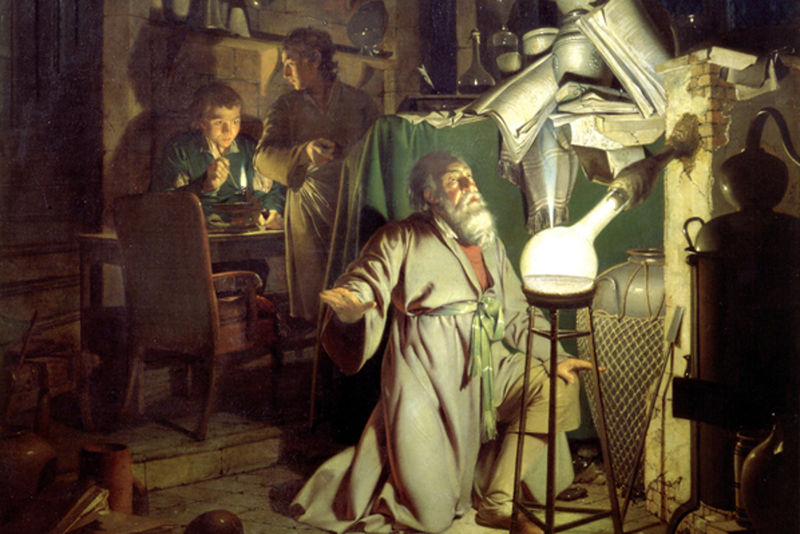People have always looked for ways to see more than they can with their naked eyes. We’ve written countless stories about people who can use magic or technology to look into the past or underneath opaque layers. The latest uses for x-ray technology are helping to make this dream a reality.
What do you do when you want to see under something that you can’t see through? This is question art historians need to ask constantly because many paintings and drawings carry secrets that are hidden under layers of other materials. Some of these materials can be removed. Scientists recently used a material called hydrogel to remove the tape from a drawing that was made 400 years ago without damaging the drawing itself.

The science of peeling layers back isn’t just about preserving the bottom layer; it’s also about preserving what’s on top. For example, when a piece of tape is put on top of a pencil drawing some of the graphite might come off the page and become stuck in the tape. By moving carefully but quickly everything that can possibly be preserved can be preserved. Capturing and examining details on a microscopic level isn’t just useful in art history, it’s also used by investigators to preserve details from the scenes of potential crimes.

It’s one thing to scrape off a top layer to see what’s underneath, but it’s more complicated to look underneath without doing anything to the top layer. But that’s just what art historians need to do if they want to try and get a look at what’s underneath the paintings they study. No one wants to scrape layers of paint from a masterpiece, it might tell you a lot about the process used to create the piece, but in the process, it would destroy the art. This is where x-rays come in.
X-rays can be used to peel back layers visually without having to touch anything physically. They allow historians to pull back the curtains and reveal all sorts of things. These techniques have been used to reveal secret messages, pages hidden in the Diary of Anne Frank, and even clues to potential murders. An anonymous corpse from 1948 Australia and a great piece of art from Renaissance Italy may both be explored using the same technology.

